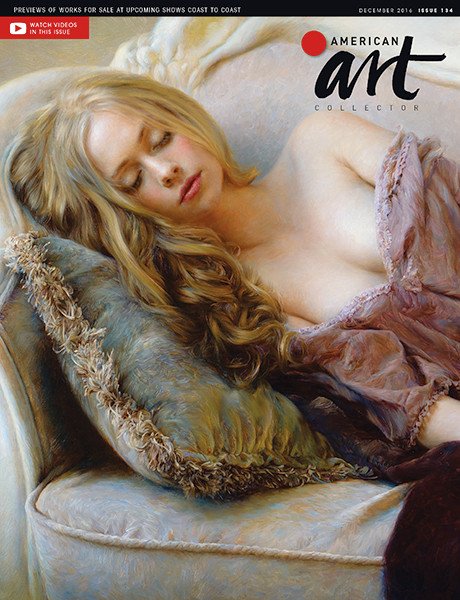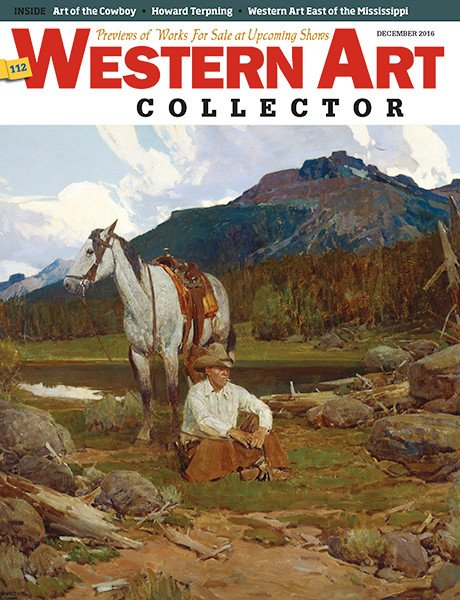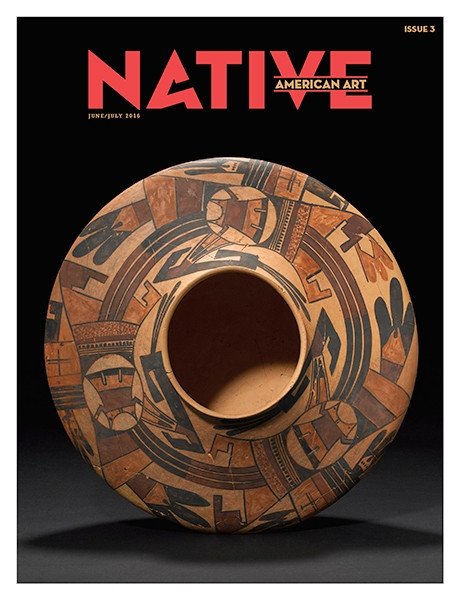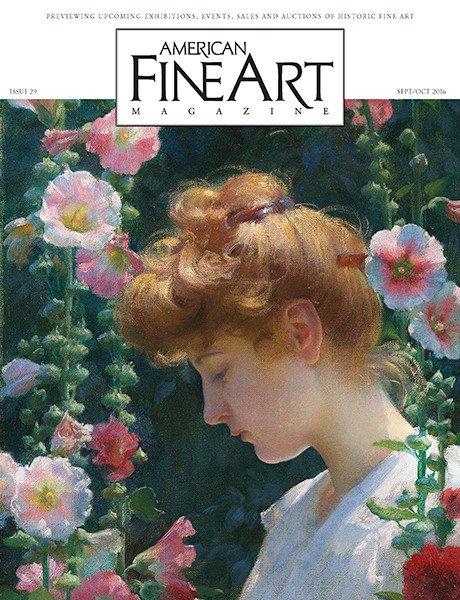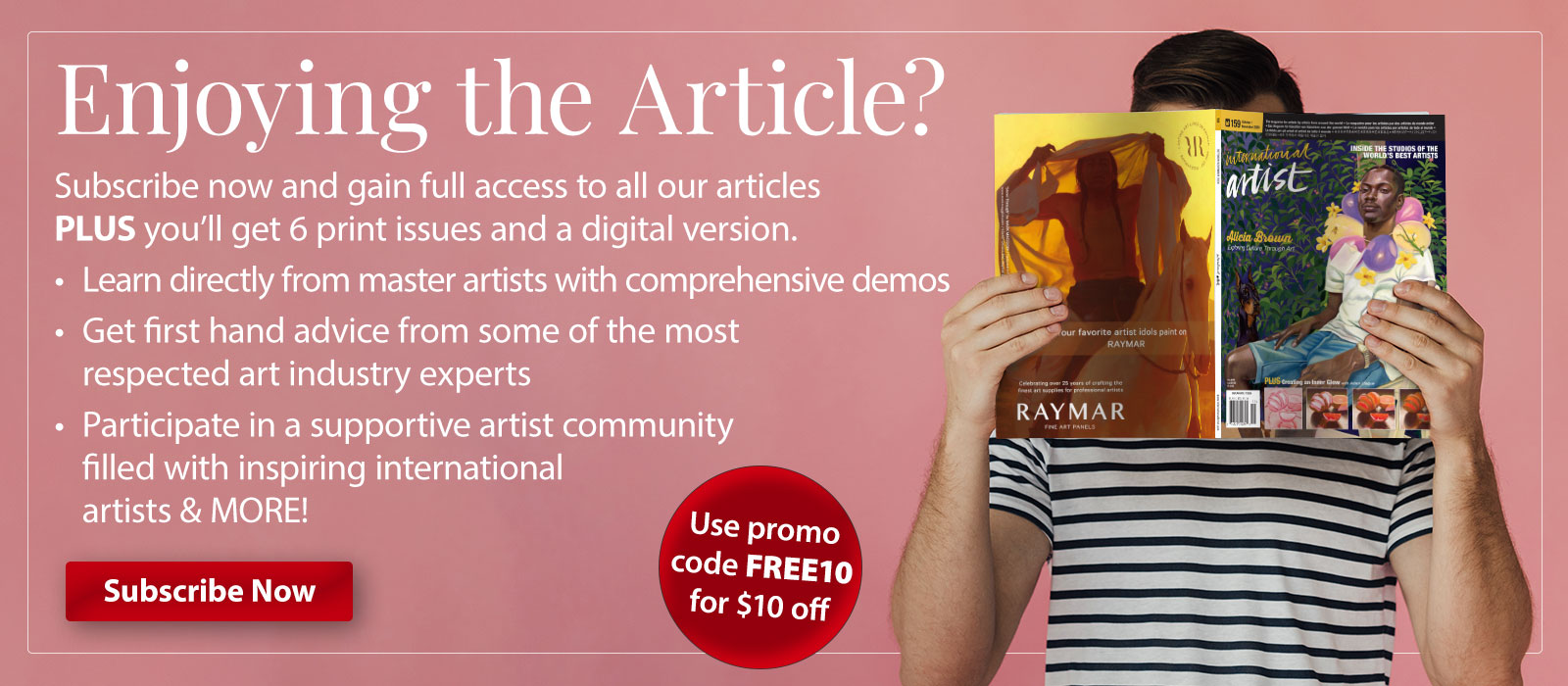Born in Canada and raised in Finland, Martin Wittfooth creates paintings that are both of this world and out of this world. Drawing upon inspiration from the natural world, he’s one of the most provocative artists of the new contemporary movement, weaving imagery of wild beasts, wilderness and the influence of humanity into complex stories born out of his uncanny imagination.

Duel (diptych), oil on panel, 36 x 144” (91 x 365 cm)
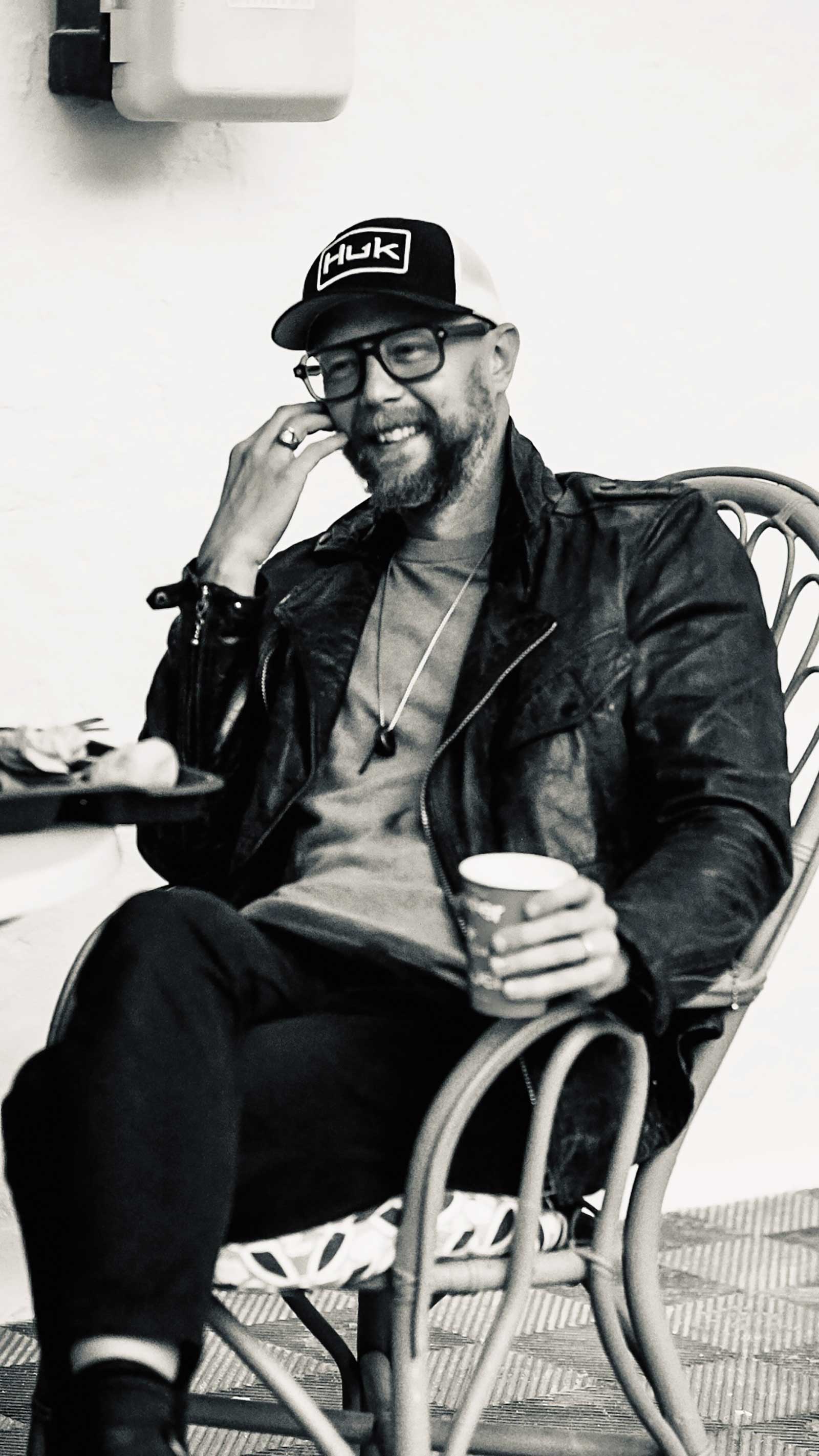
Artist Martin Wittfooth. Photo credit: Paulina Wojewodzic.
Since the beginning of the year, Wittfooth has been working nonstop on a new body of work for a solo exhibition, an endeavour he says has eaten up his ability to overthink anything. There’s simply no time. So instead, Wittfooth has entered a sort of flow state, creating around two complex paintings each month. Which artists know is a lot.
“I’ve been thinking a lot about the natural cycles we encounter year by year. There’s been so much happening on the cultural, societal and political sphere,” says the artist. “With this show, I wanted to get away from the temporal stuff that’s happening in society and go more toward the perennial—the magic of the order of nature.”
Some paintings focus on the four seasons, while others on the four classic elements of fire, earth, water and air. All of them feature colossal beasts that feel almost like heralds of some sort of apocalyptic reckoning. In Aspect of Autumn, a gargantuan stag emerges from the woods, its body made of gnarled bark and leaves, and its antlers a labyrinth of twisting branches that recede into the trees. “It’s kind of meta, but I planned and executed all of these paintings in the seasons they were about. This one, it was late autumn,” Wittfooth says. “I’ve often had this affinity toward this idea of animals that, in various ways, we often think of as prey animals or trophy animals. With this painting, I wanted to go toward that animal, an elk, a stag…The falling leaves had so much movement to them. It’s not random, there’s this flow and rhythm if we pay attention to it.”
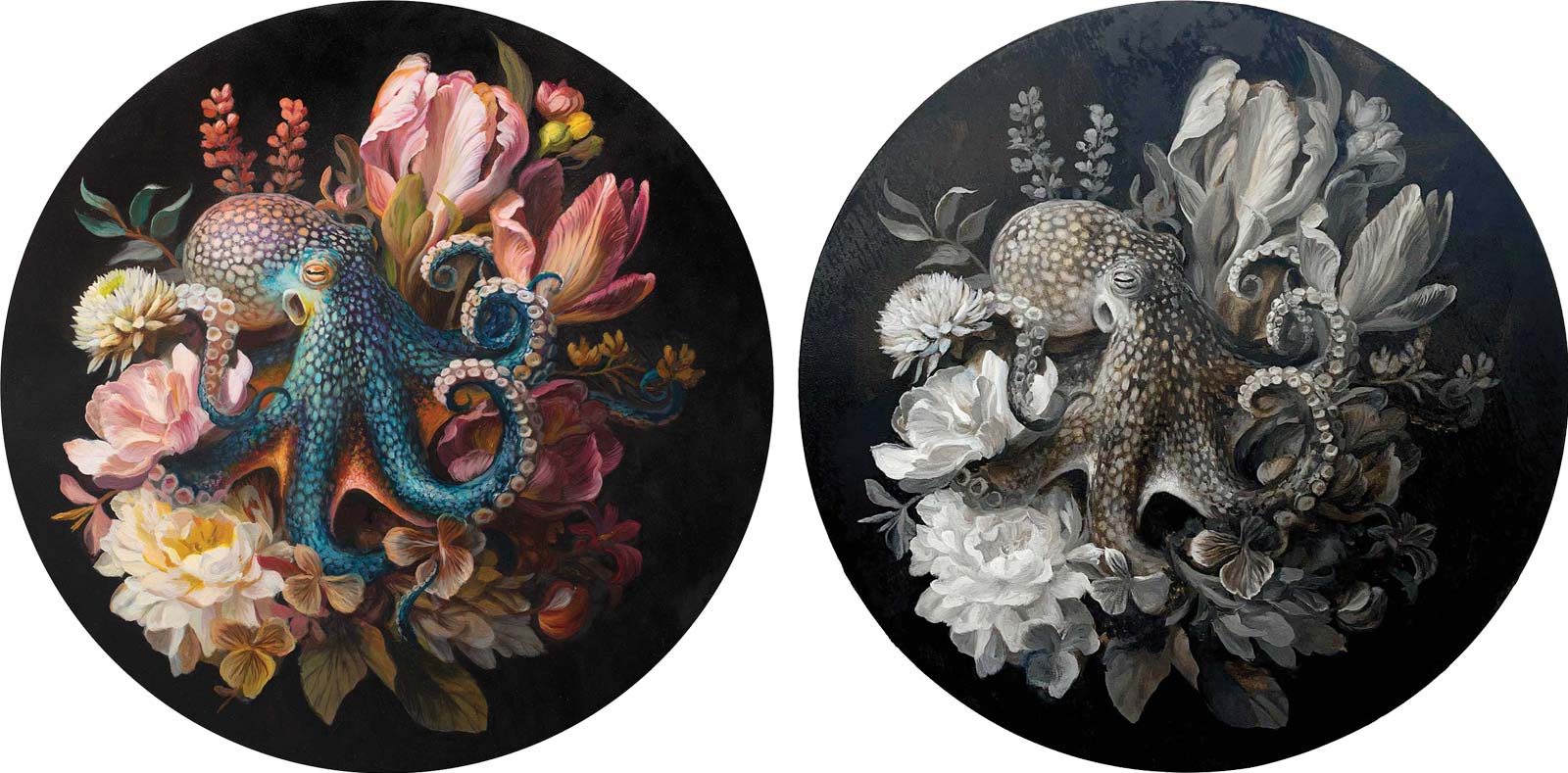
Left: Parallelism 1, oil on wood, 24” (60 cm) Right: Underpainting for Parallelism 1.
In Aspect of Winter, a wolf made of ice and snow crouches on top of a massive iceberg. The surrounding trees are dwarfed by the wolf, giving us that sense of enormous scale. Both Aspect of Earth and Aspect of Water are portraits of horses that are metamorphosing into their surroundings. In the painting representing Earth, the horse is made up of mushrooms, ferns and moss; and in the one representing water, the horse looks like part of a coral reef.
“There’s this pull for me toward the rhythmic, cyclical beauty all around. I wanted to sort of turn the scope toward the celebration of that. With all the paintings there’s this ethos I’m following, which is to look for rhythmic forms that echo each other, even if they’re not [strictly] related…Forms that harmonize well,” he says. Several of Wittfooth’s smaller paintings in the show reflect these paradoxical parallels: an octopus resting among terrestrial flowers in Parallelism 1, a hummingbird among fish and coral in Parallelism 2, and a jellyfish among cacti and succulents in Parallelism 5. Further punctuating the idea of cyclicism, each of Wittfooth’s smaller-scale pieces in the show were rendered in a circular composition.
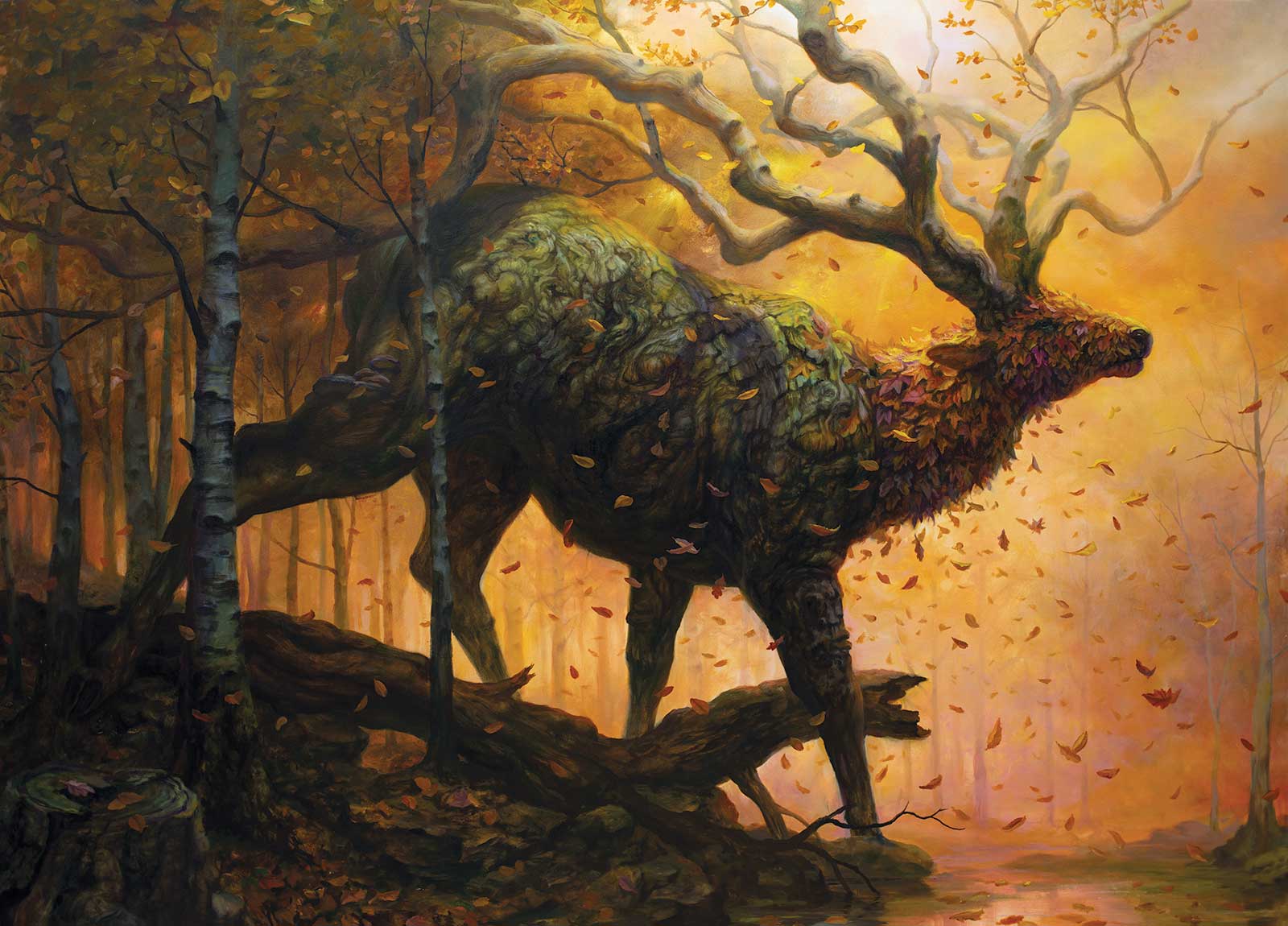
Aspect of Autumn, oil on canvas, 46 x 64” (116 x 162 cm)
“Encountering these life forms that are down there [in the ocean], they echo things we’re more familiar with above water, on land,” says Wittfooth, who’s a trained scuba diver. “These palettes [of colors] they carry. Tropical birds, tropical fish. It all has this kind of harmony that we sideline in favor of the current anxieties and worries of daily life and the quagmire of the human-centered story.” Instead, Wittfooth’s art asks us to slow down and pay attention—to the rising and setting of the sun, the changing of the seasons, and ecological balance.
The artist explains that his process starts with a rough thumbnail sketch to nail down the larger compositional structure. Then, he moves to digital media, using the 3D sculpting tool Z-brush to set up these bespoke 3D dioramas where he can play with lighting, shadows, cast shadows, color and form. “It quickly became a wonderful addition to the toolbox to work with reference,” he adds. “It feels like you’re working with actual clay.”
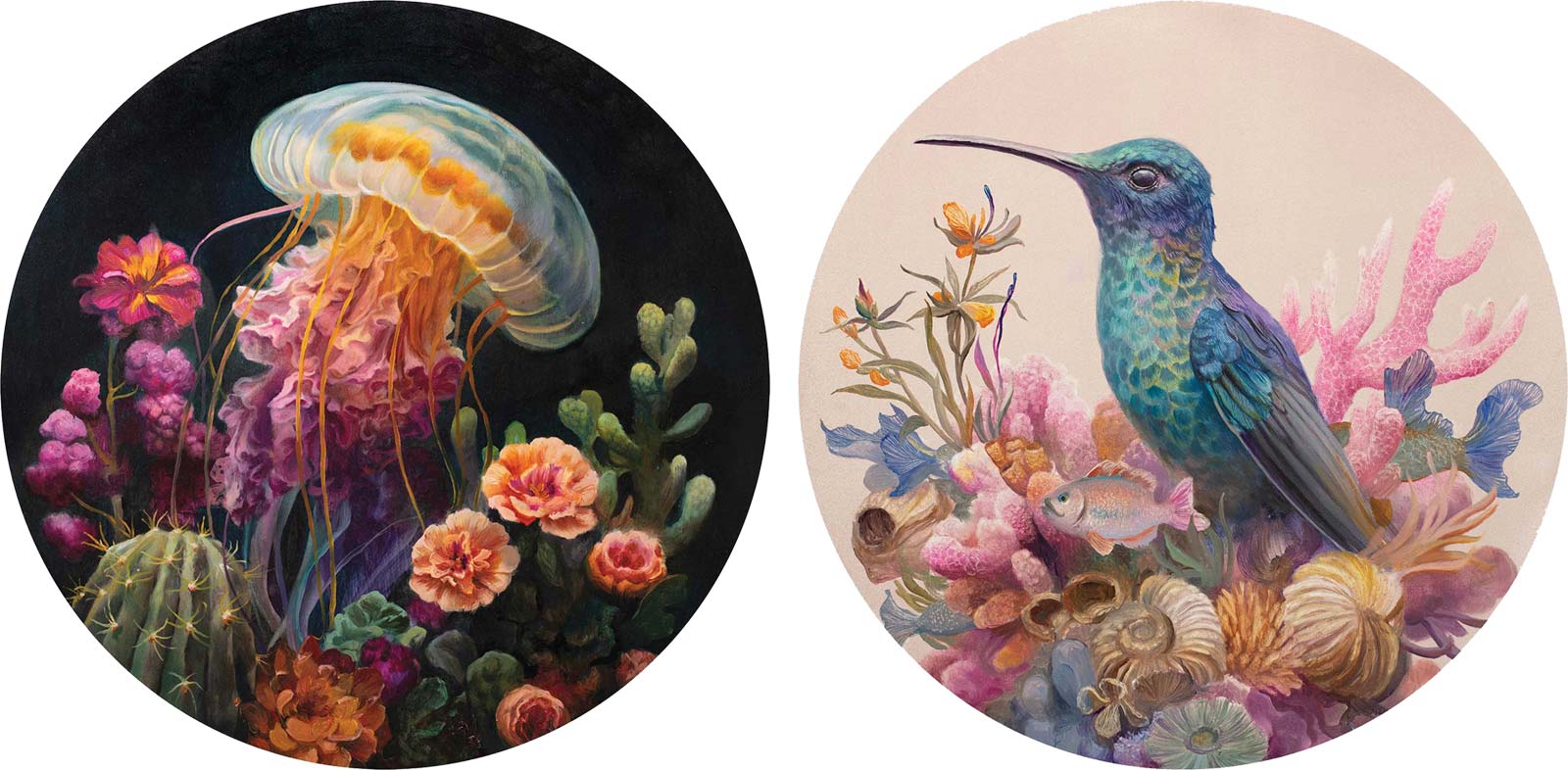
Left: Parallelism 5, oil on wood, 24” (60 cm) Right: Parallelism 2, oil on wood, 18” (45 cm)
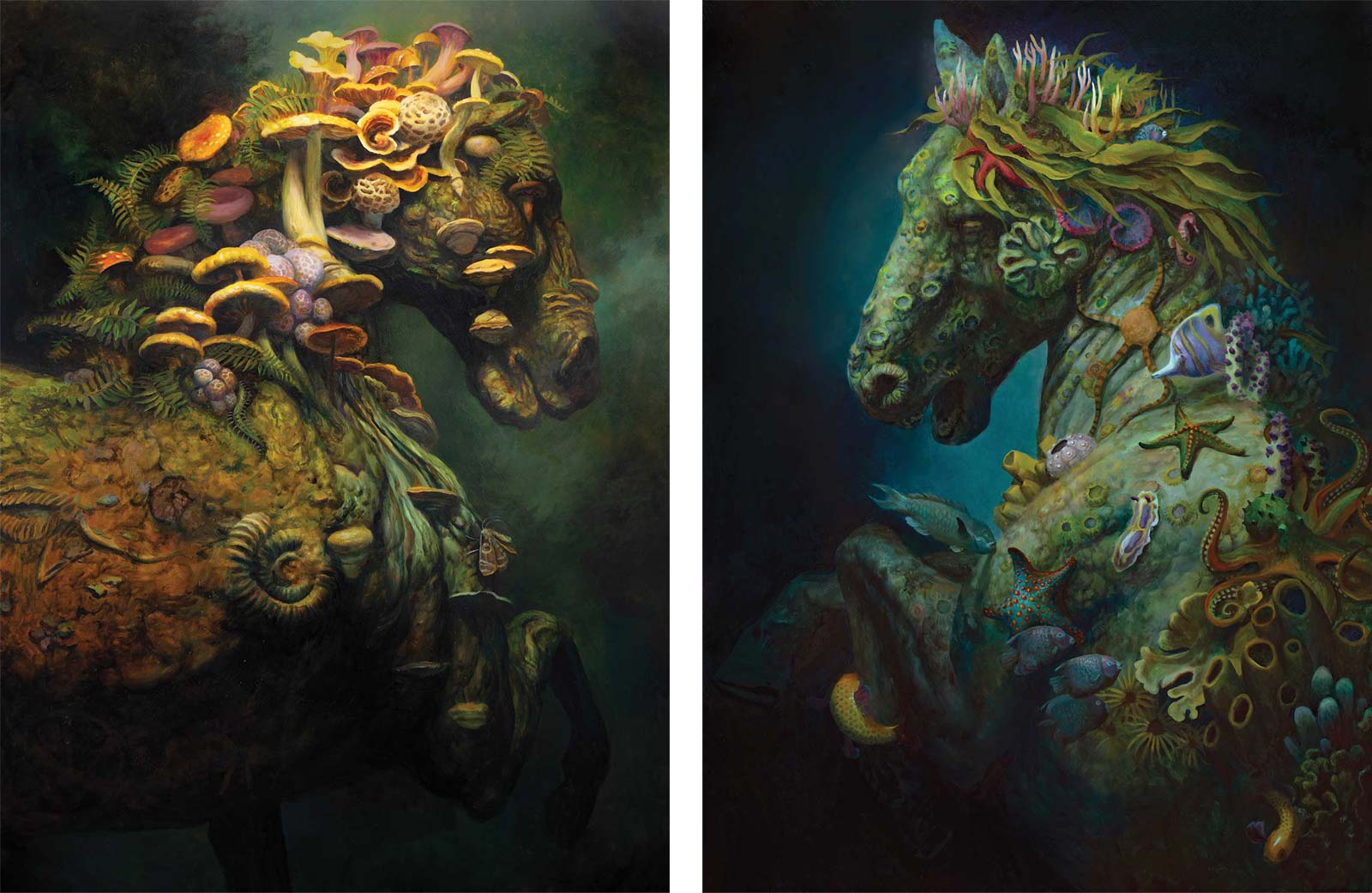
Left: Aspect of Earth, oil on panel, 48 x 36” (121 x 91 cm) Right: Aspect of Water, oil on panel, 48 x 36” (121 x 91 cm)
The colors in Wittfooth’s paintings are brilliant, saturated, and as full of diversity as the natural world. The next step in his technical process almost always involves a monochromatic underpainting, similar to a grisaille. “For example, with the four element paintings, they all had a burnt sienna wash. And while the paint is still wet, I work into it with just one tone. Wherever the values are lighter than the tone I laid down, I use very high-tech tools like rags to lift the value. And for the mid and darker tones, I’ll use the same color [burnt sienna] to keep it all monochromatic. Starting a painting with a white canvas, I’d be missing out on a lot of the organic marks that I’m creating [by lifting and working with the underpainting.]...A few days later, I can come back and start to add other colors.”
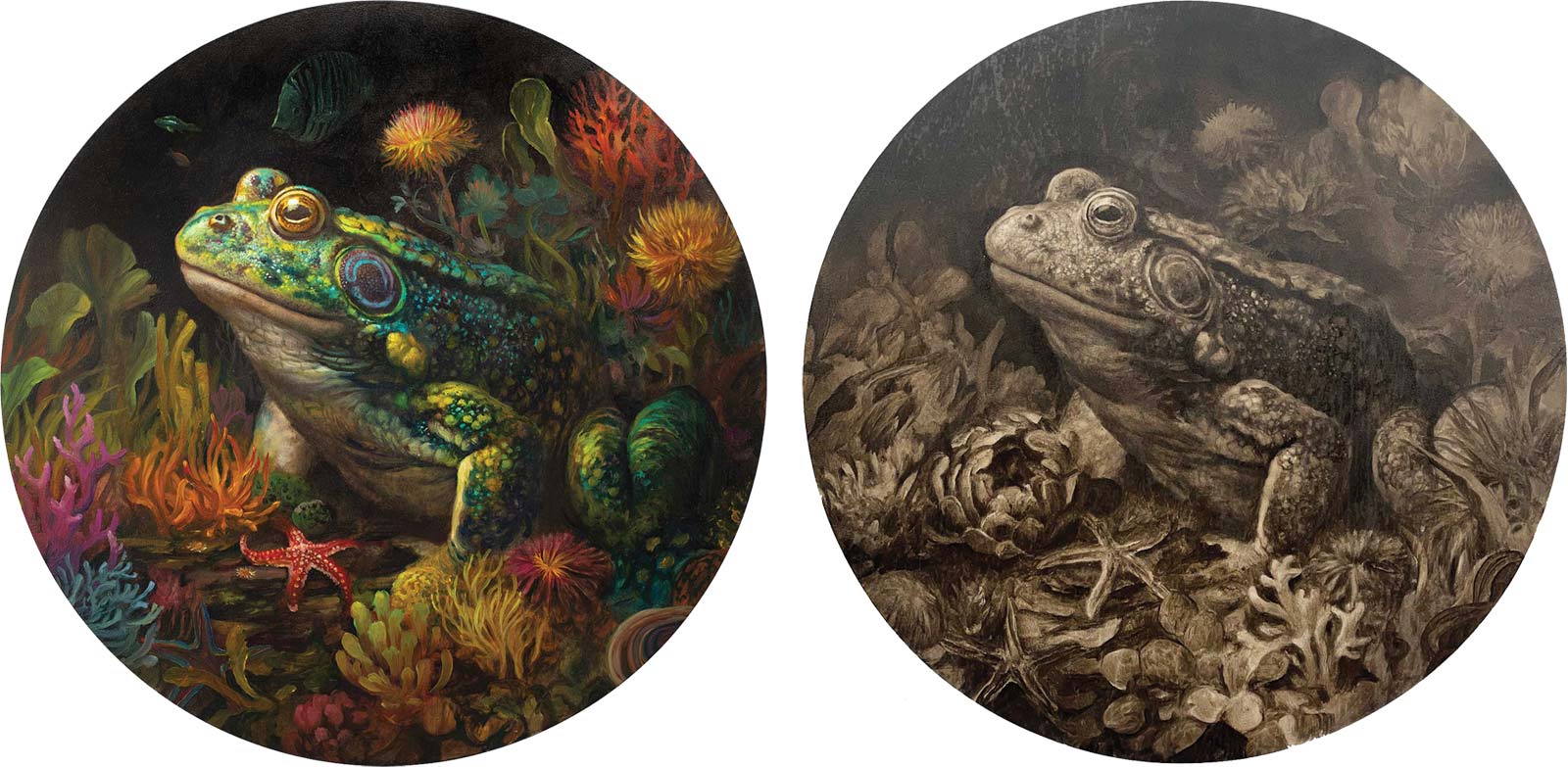
Left: Parallelism 8, oil on wood, 24” (60 cm) Right: Underpainting for Parallelism 8.
Measuring at a massive 36 by 144” total, the diptych Duel started with a warm, golden orange base, which you can see filtering through in the final painting. In this case, Wittfooth didn’t create a full value study, opting instead to apply just a single wash of color (a mix of burnt sienna, Indian yellow and a little yellow ochre) across the surface.
Speaking of Duel, it’s an incredible piece, and the one that kicked off the entire project. Depicting two giant rams charging at each other, the painting started as an album cover commission for Canadian metal band Protest the Hero. “When we started to collaborate on the idea for it, it started to sync up really well with what I’d already been thinking about—these dual states,” Wittfooth reflects. “There’s a winter side and a summer side. Opposites. Reverse parallels. As I was painting, in a way, it sewed the seeds for other paintings too.”
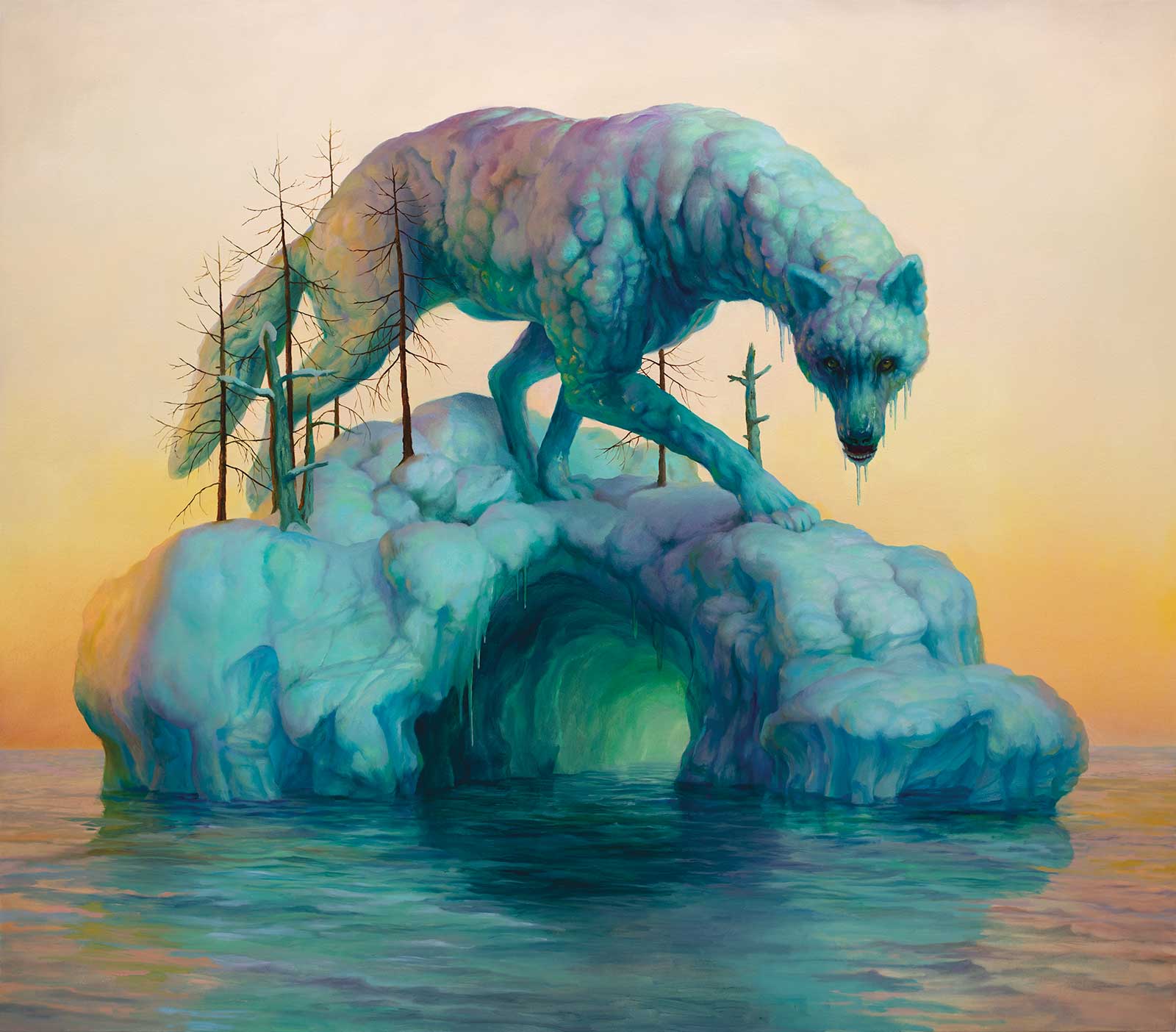
Aspect of Winter, oil on canvas, 50 x 57” (127 x 144 cm)
Deus ex Terra is on view at Corey Helford Gallery in Los Angeles through October 4, and features 17 new works. Wittfooth’s work has been exhibited in galleries and museums across the world, including the Virginia Museum of Contemporary Art, the Bristol Museum in England, the Crocker Art Museum and Laguna Art Museum in California, and the La Halle Saint-Pierre in Paris. He’s had solo shows in New York City, Los Angeles, Copenhagen, Seattle and Montreal. The artist currently lives on 140 acres of woods, fields and streams in Brockville, Ontario.
See more from the artist martinwittfooth.com —
